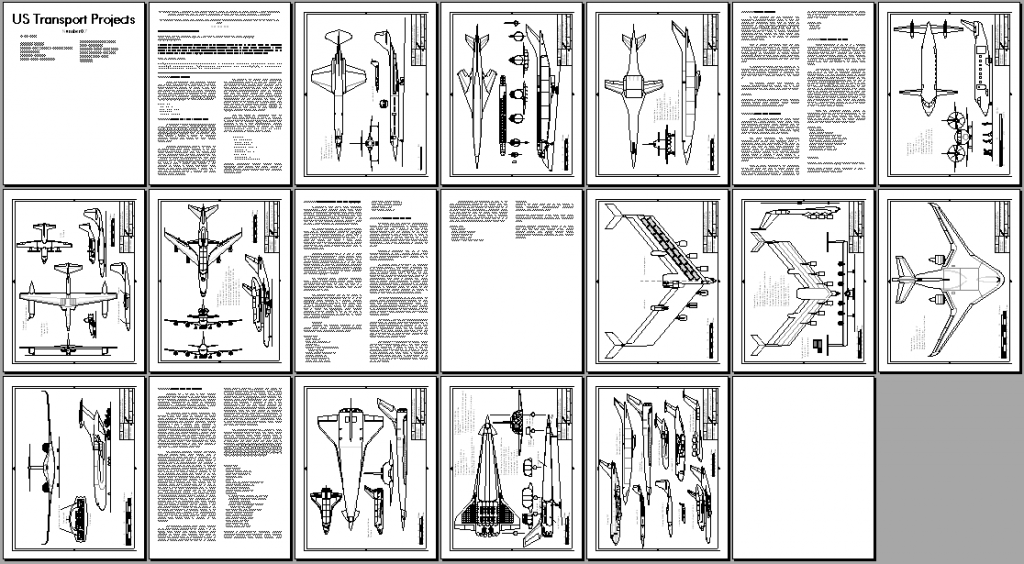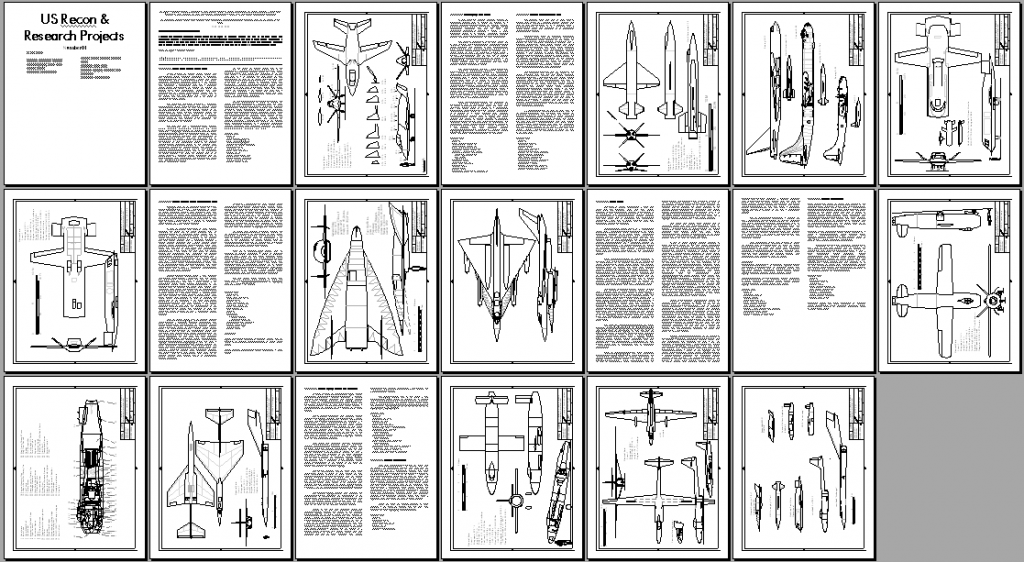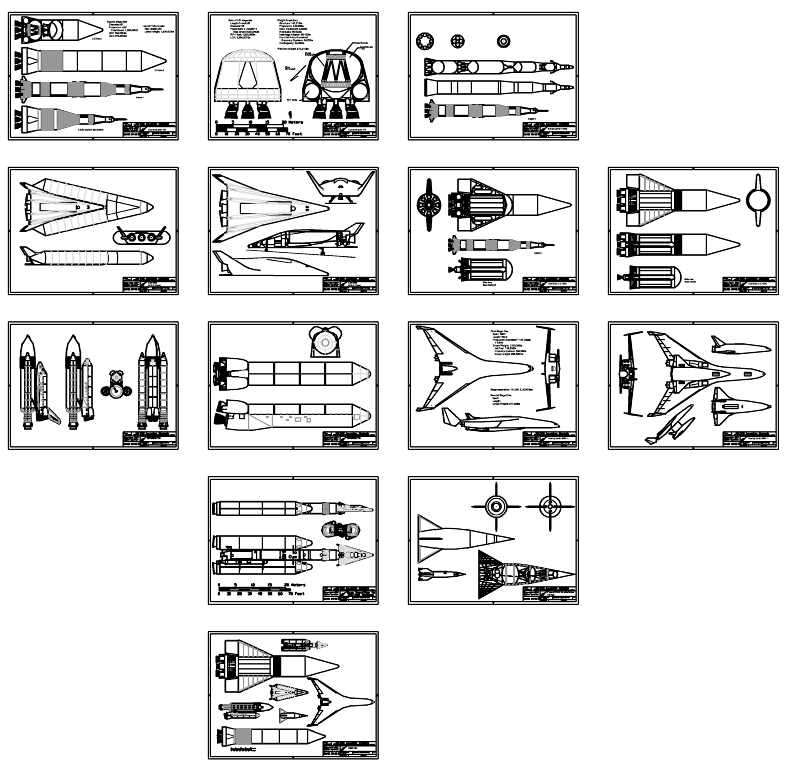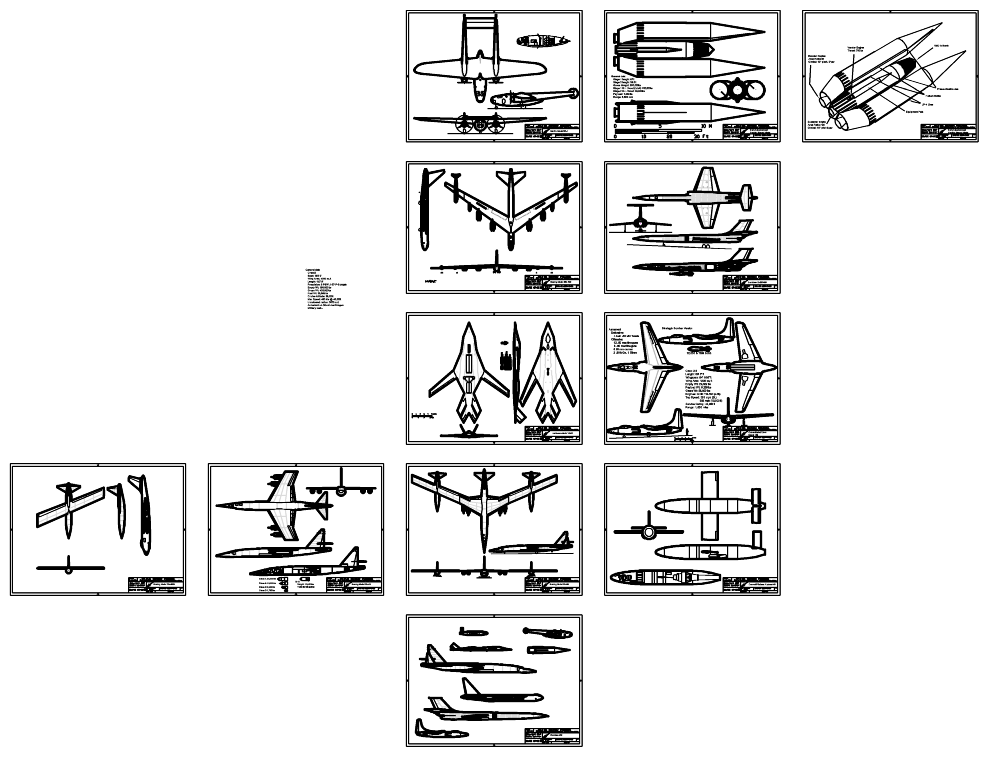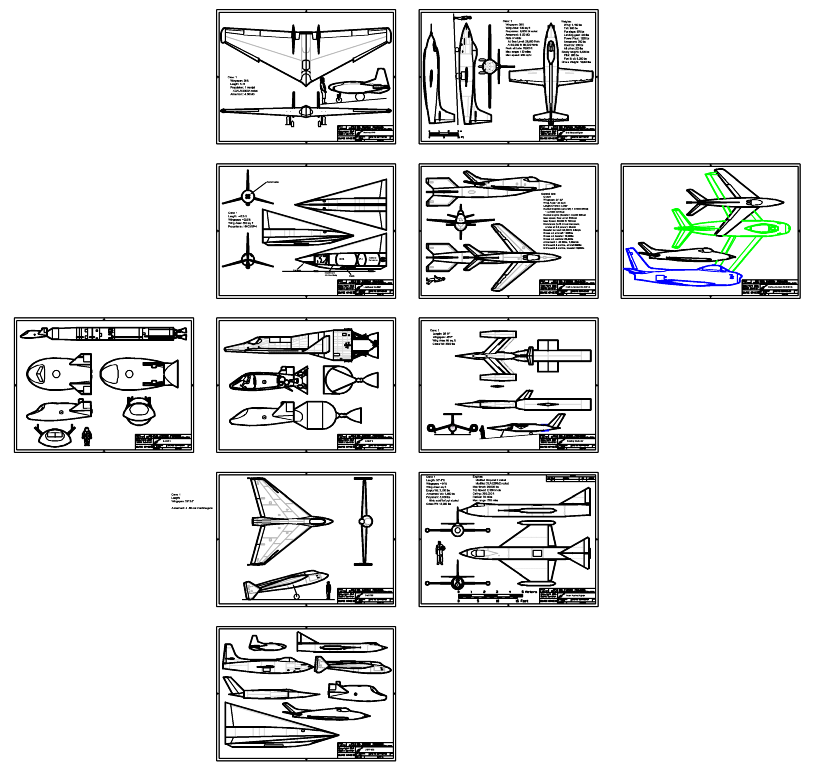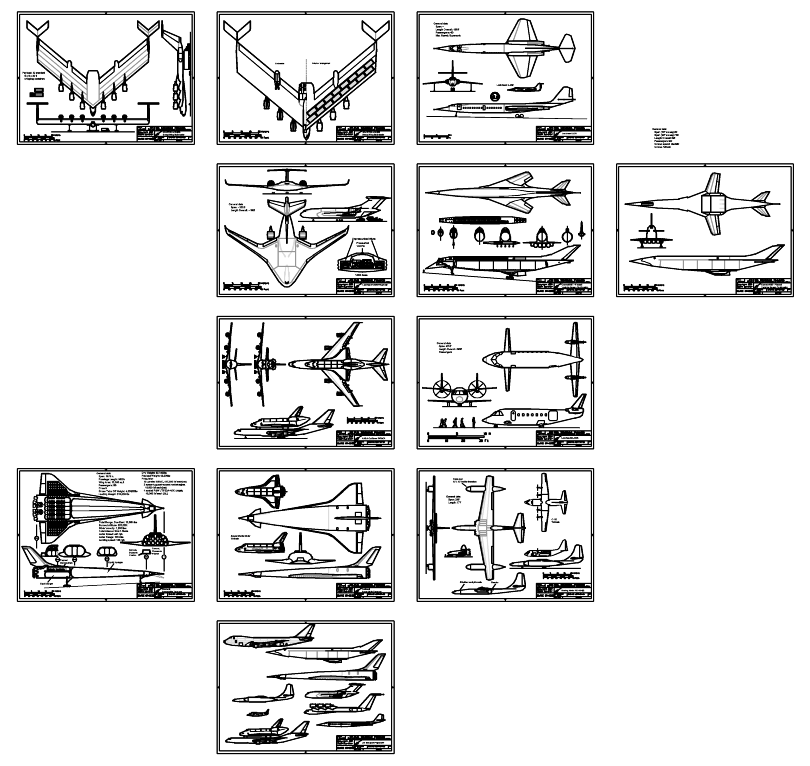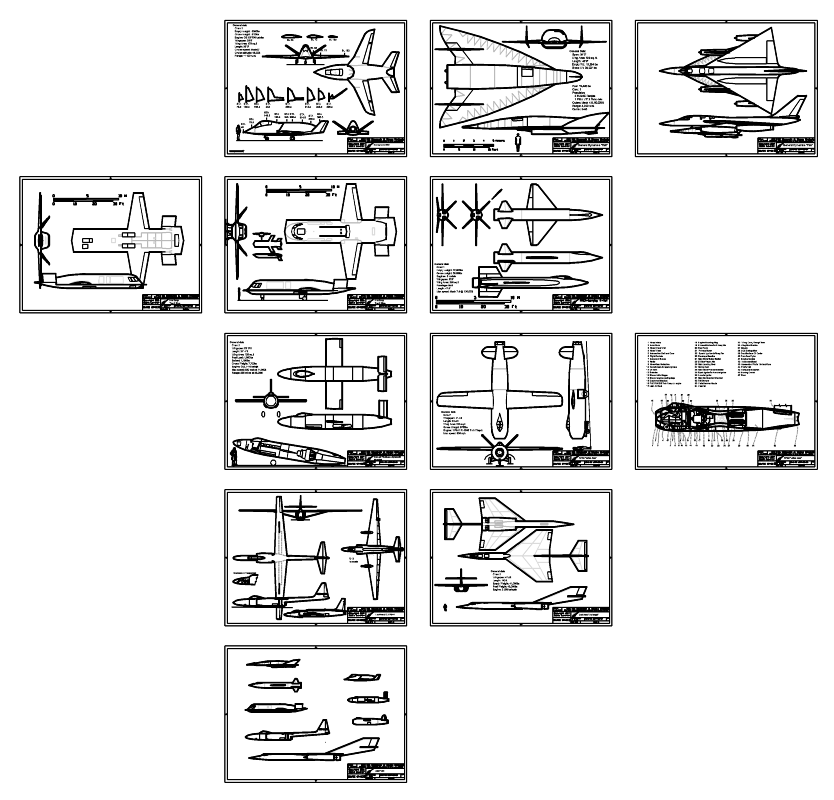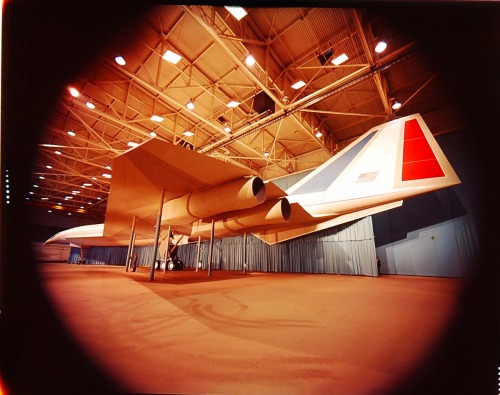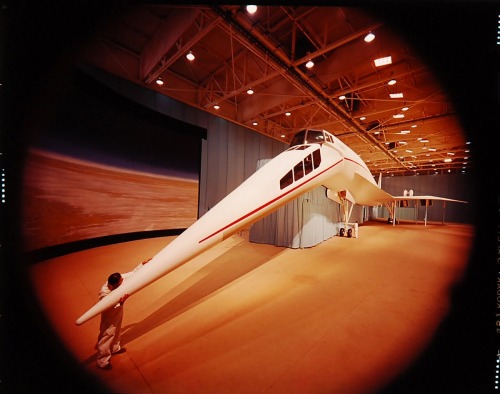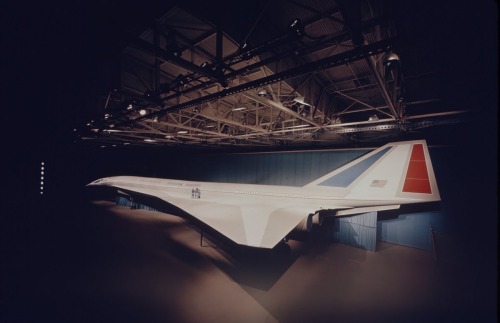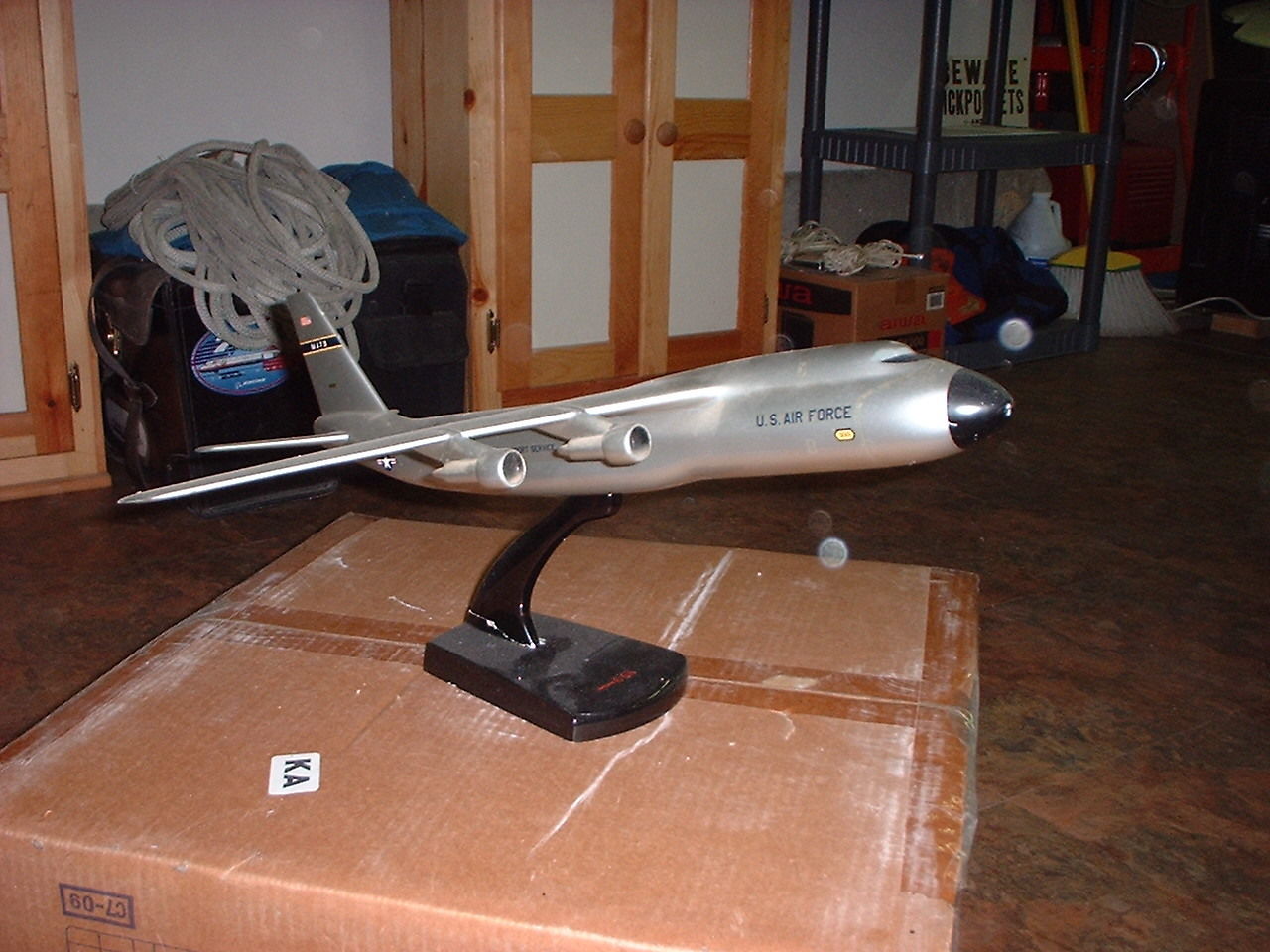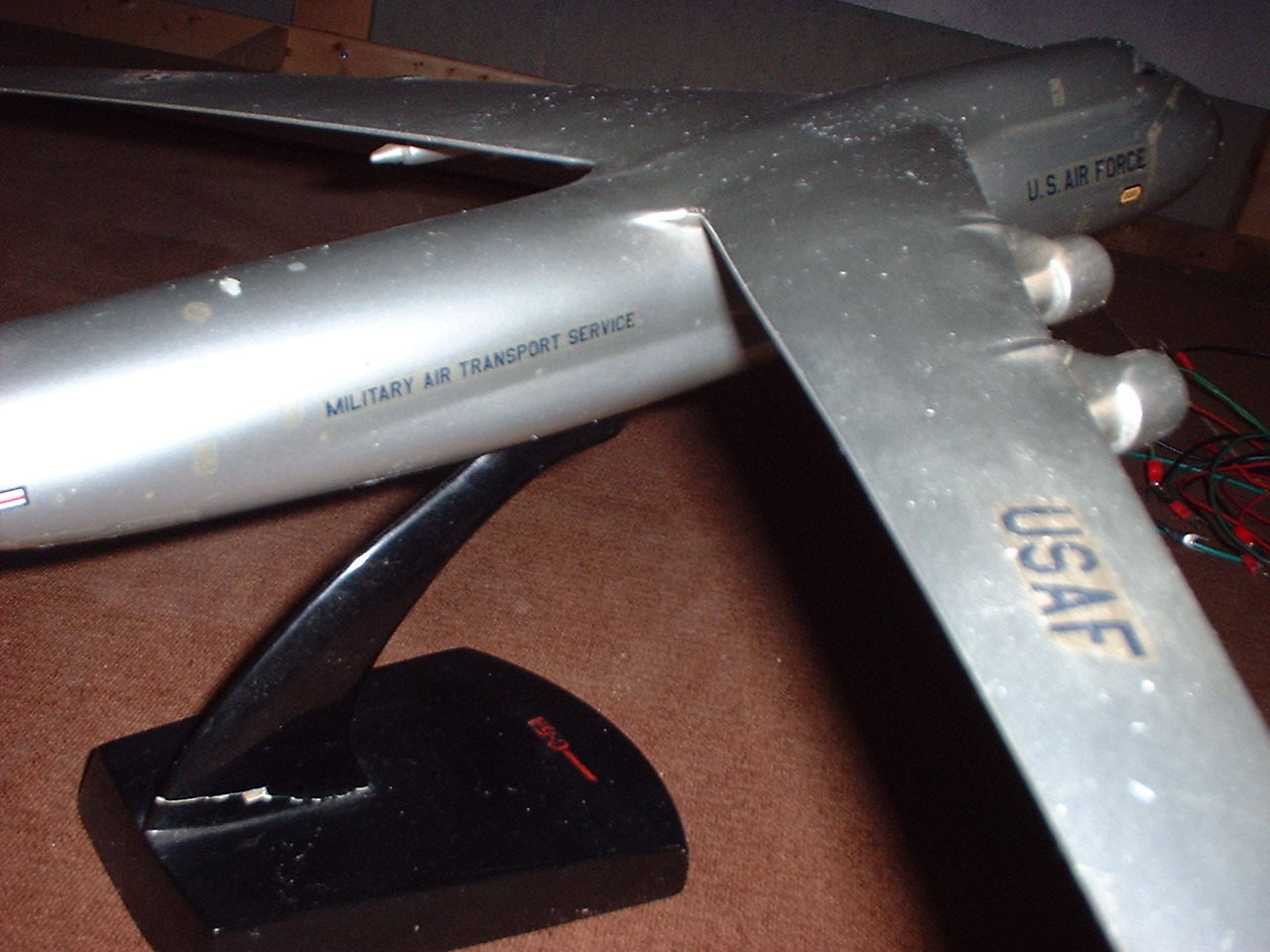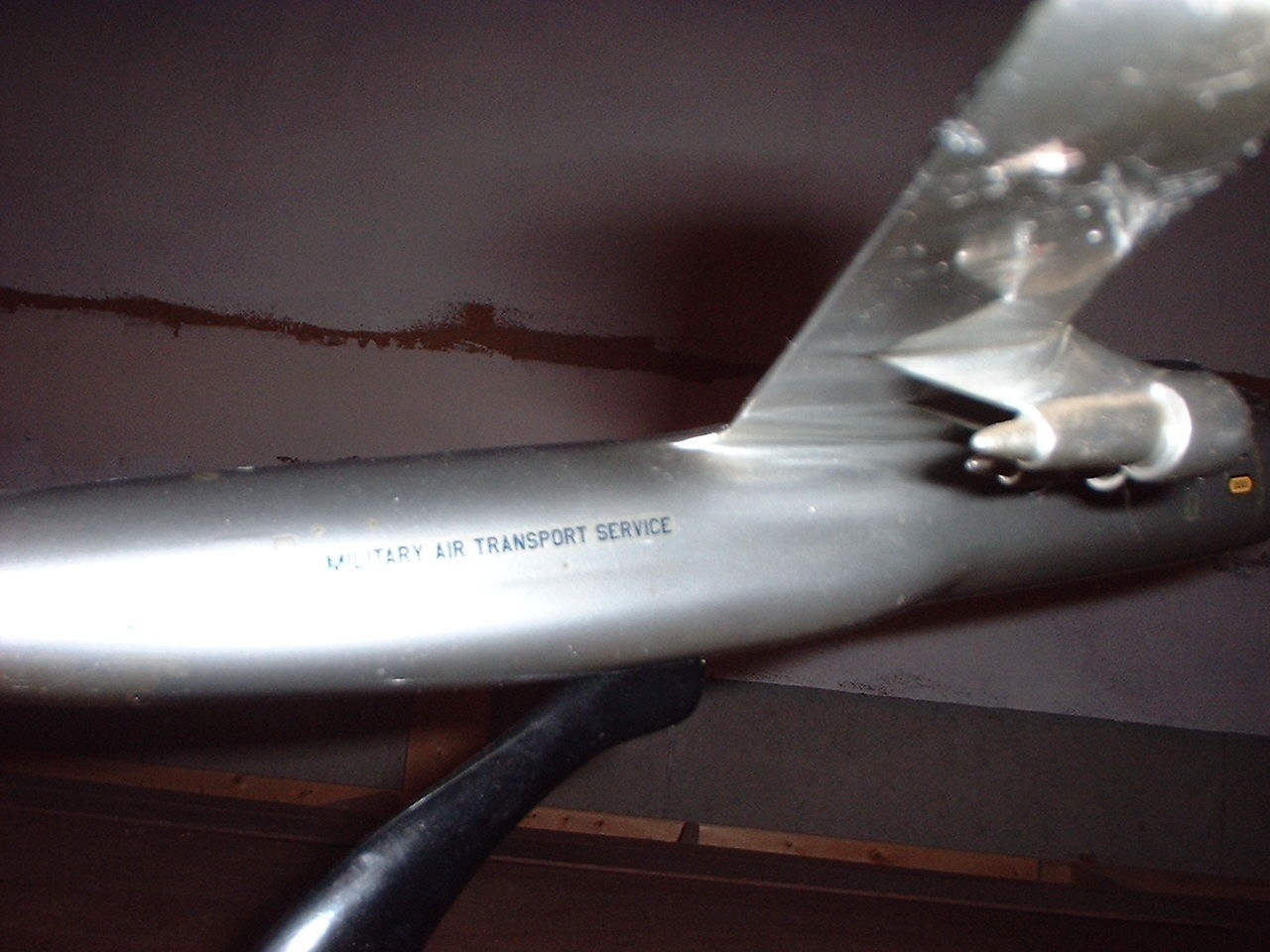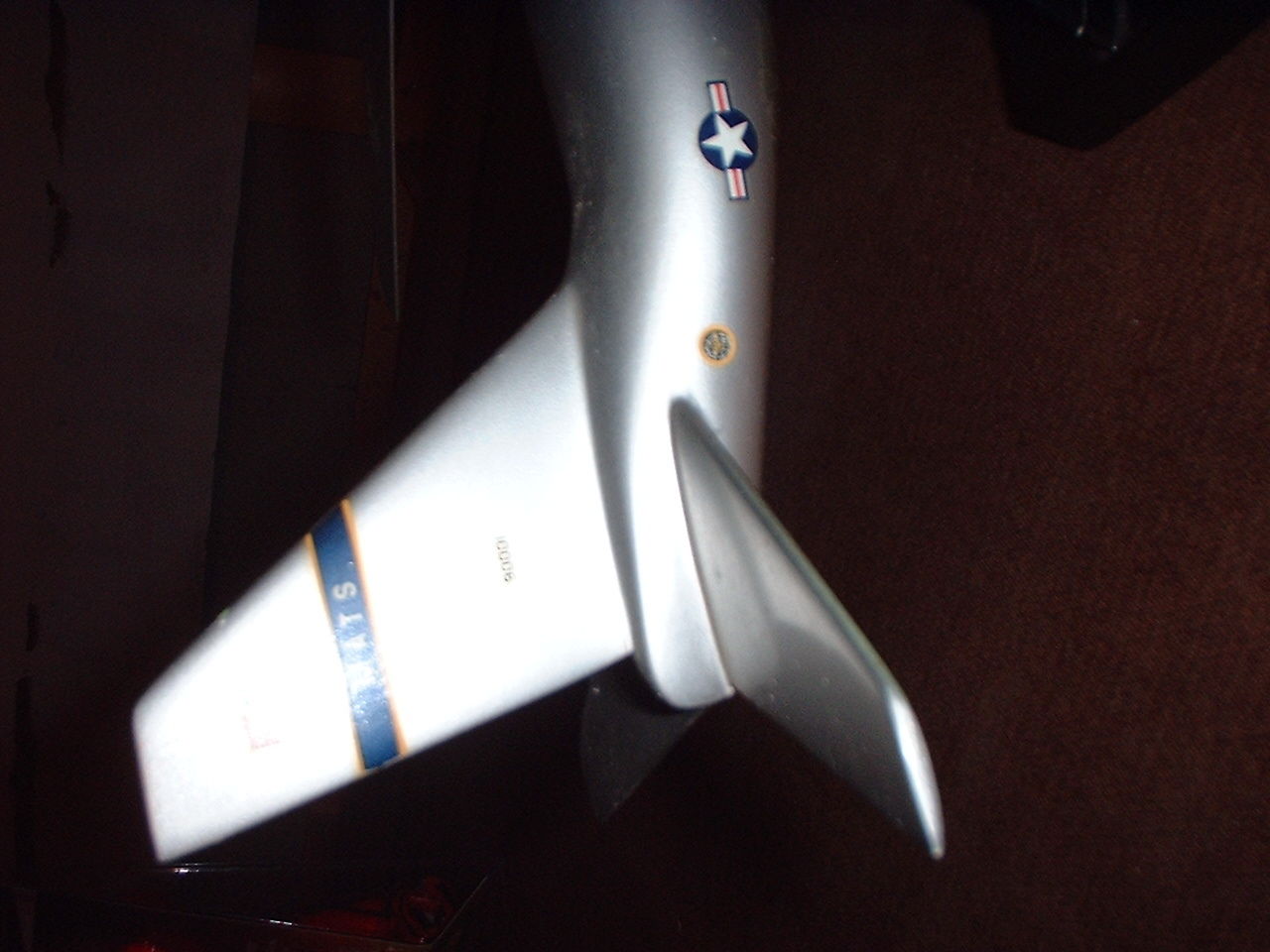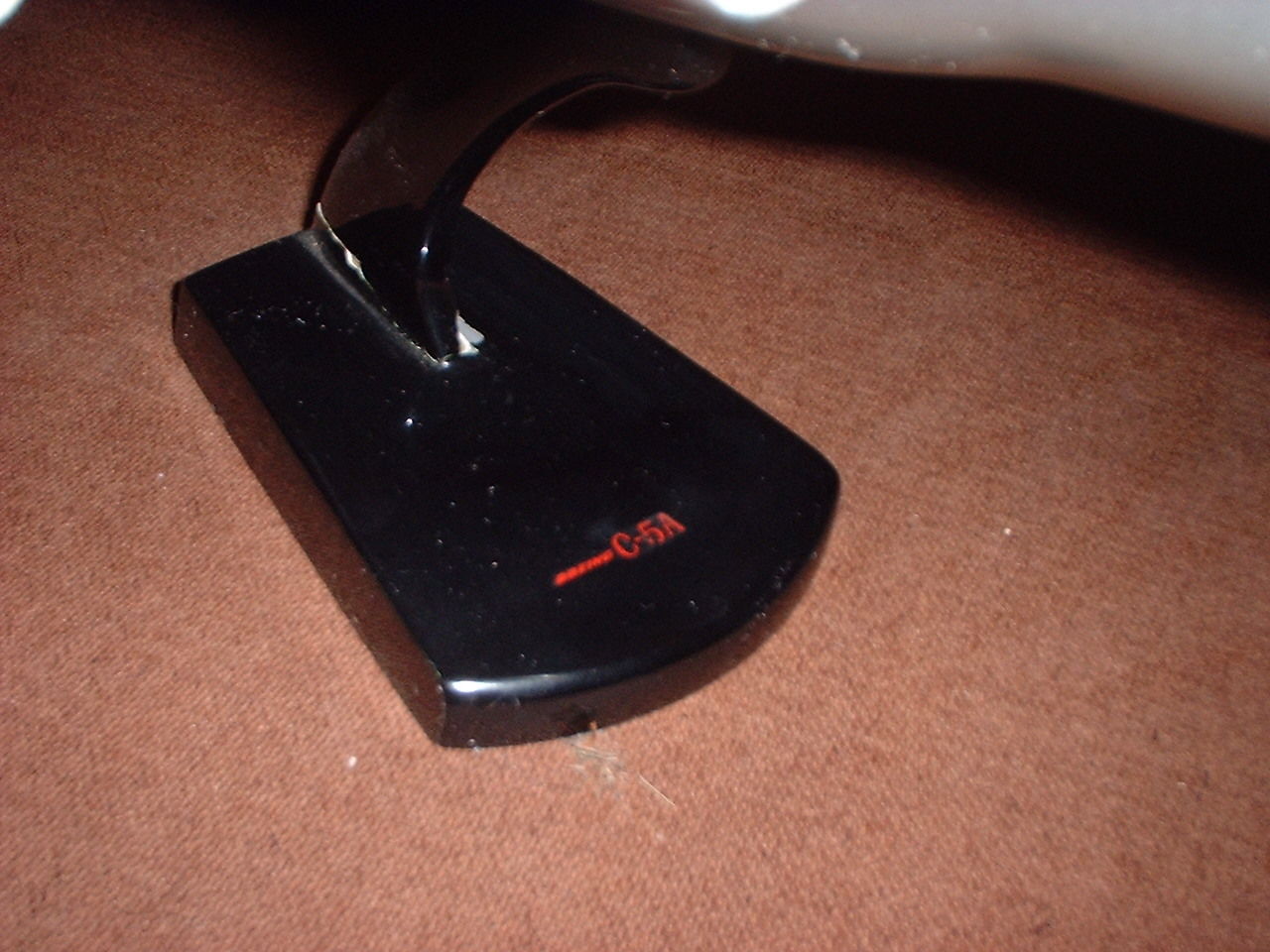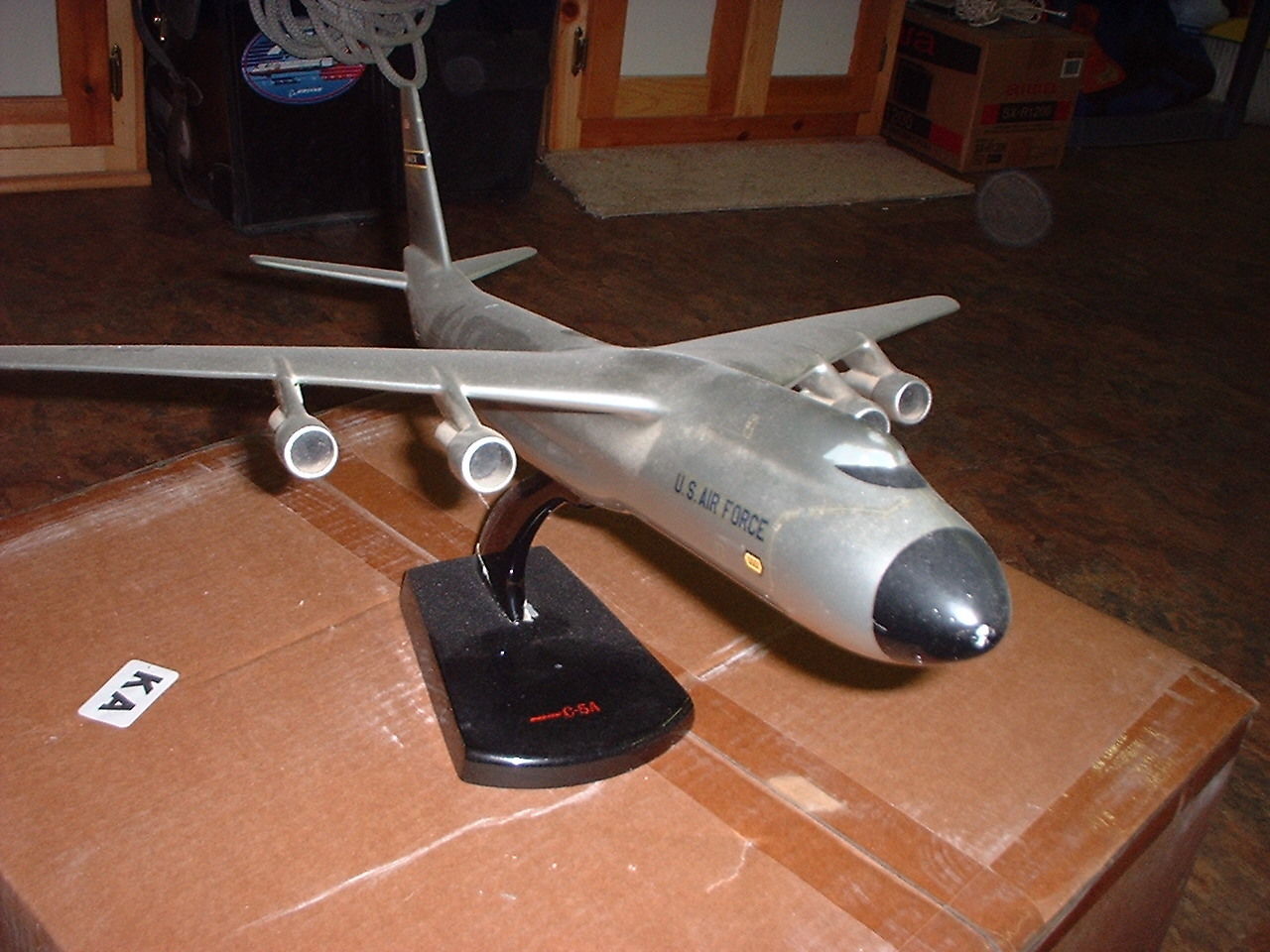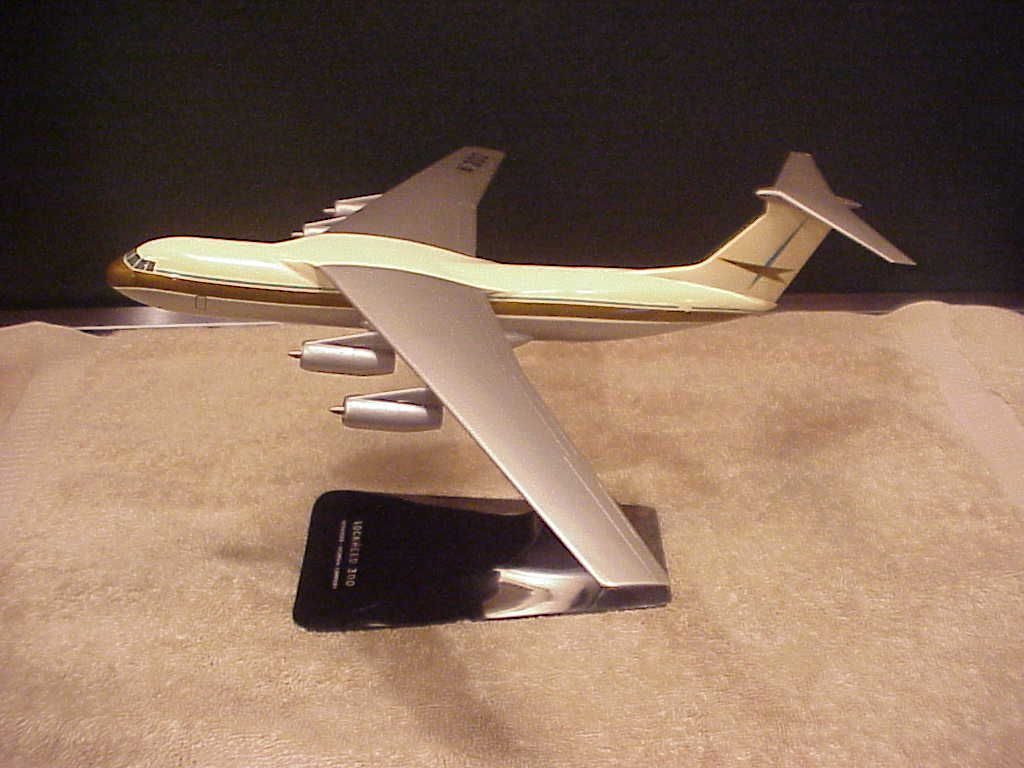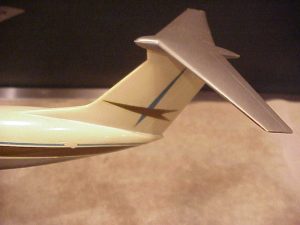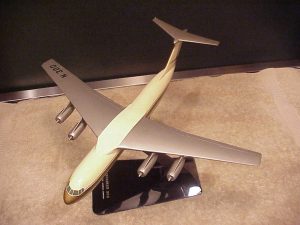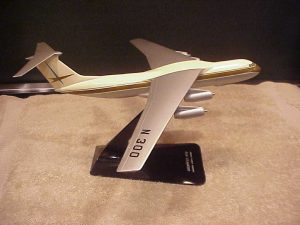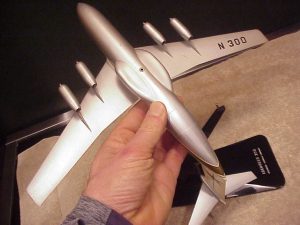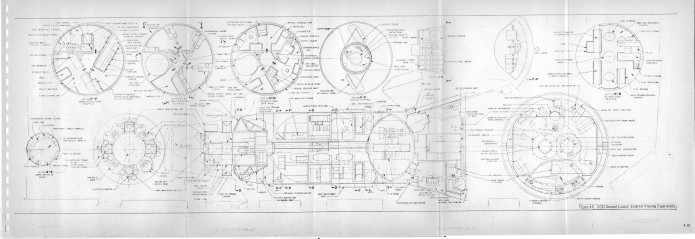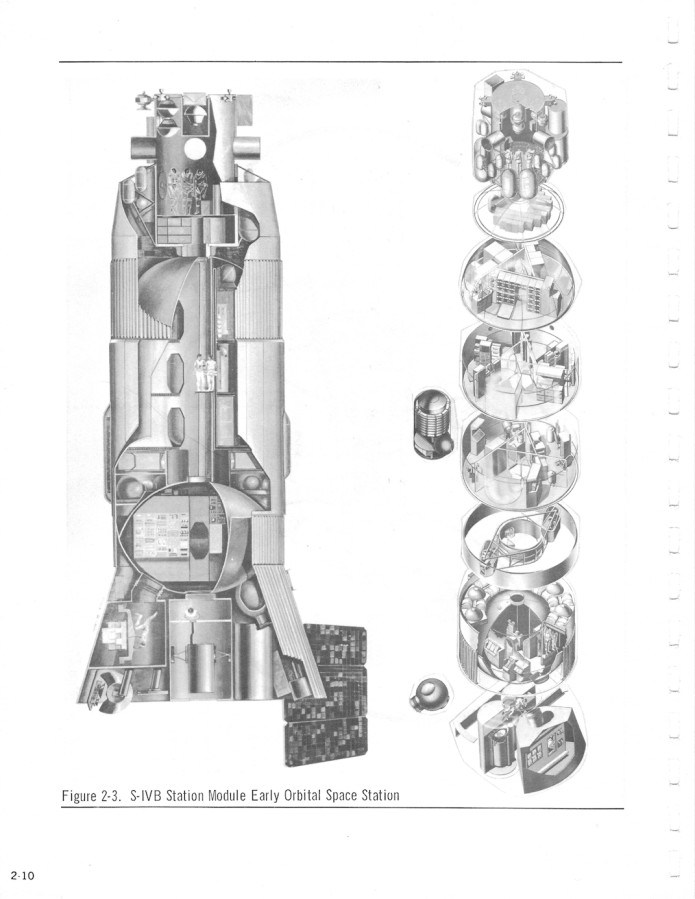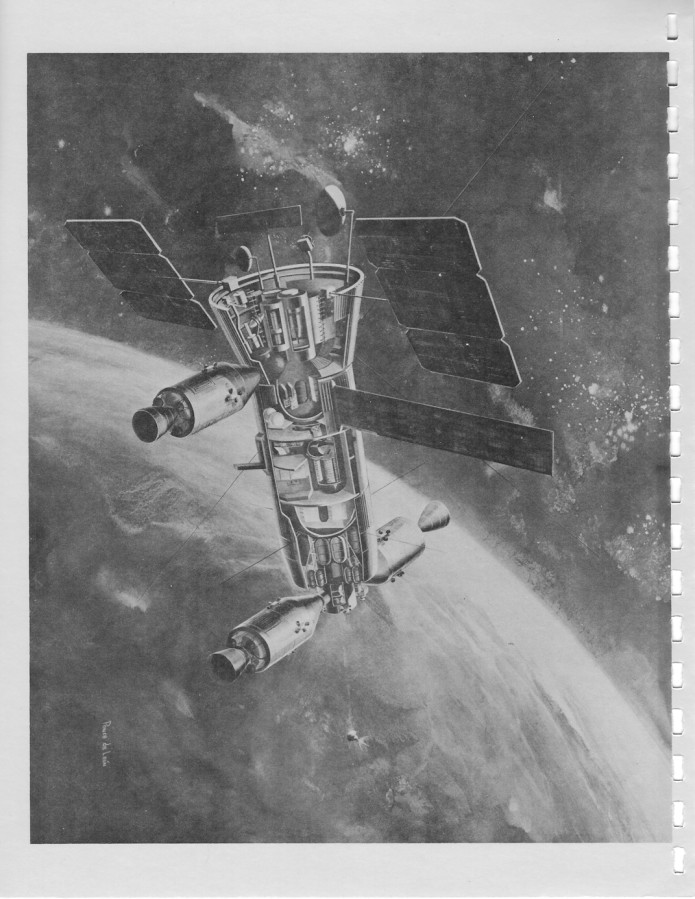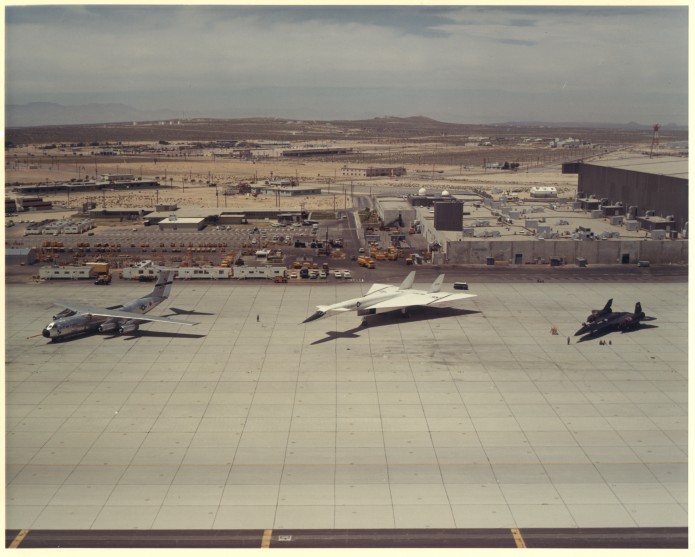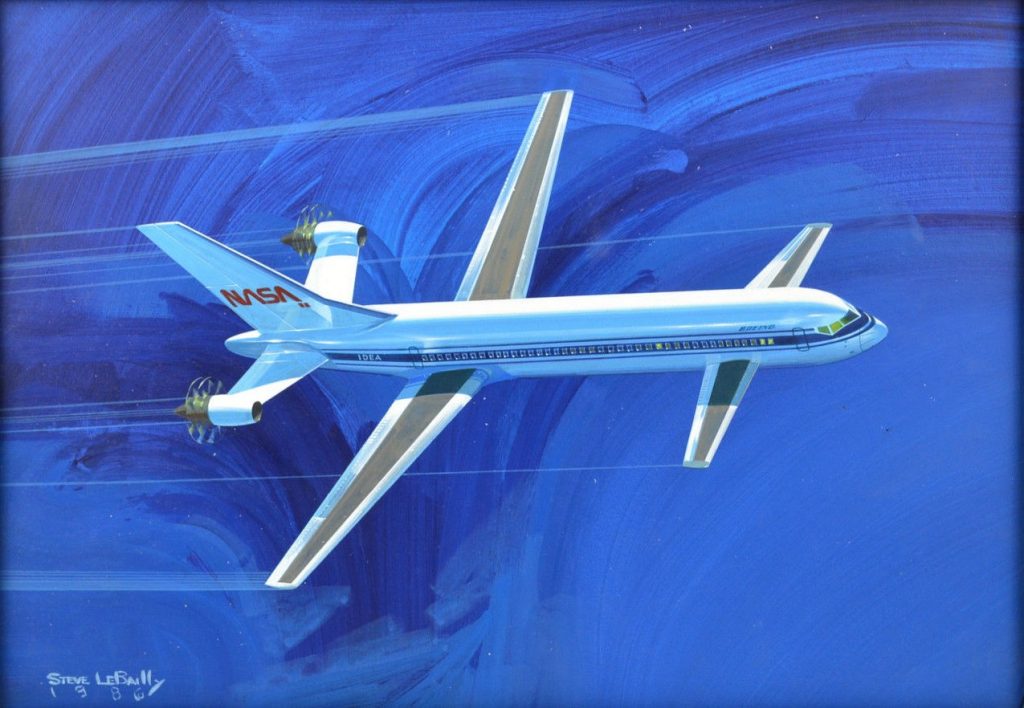So very, very close on the next two US Aerospace Projects issues. I’m only lacking cover “art”and have to deal with a bit of “dead air” in the middle of US Transport Projects #7. Usually I can shuffle things around well enough to not have this sort of thing, but this time it just hasn’t worked out. I suppose it doesn’t really matter all that much, but it does look kinda lazy like that.
It’s been about a year since I released the last USxP issue. That last issue was the first time where I used vector diagrams embedded within the issue, rather than raster images; getting the diagrams from AutoCAD into Word was a bit of a chore back then. And in the intervening months… I forgot how I did it. So I had to figure it out again, and the process is different. I have to walk the AutoCAD diagram through Rhino 3D and save as a WMF and blah, blah, blah; end result is it works just fine. I’ve done some further refinement… the main outlines are set at 0.25 mm width and the ends of the lines have been reset to rounded and mitered, so sharp corners now look more like sharp corners.
Hoping to have these two out in a day or two. The other three will be rather longer.
